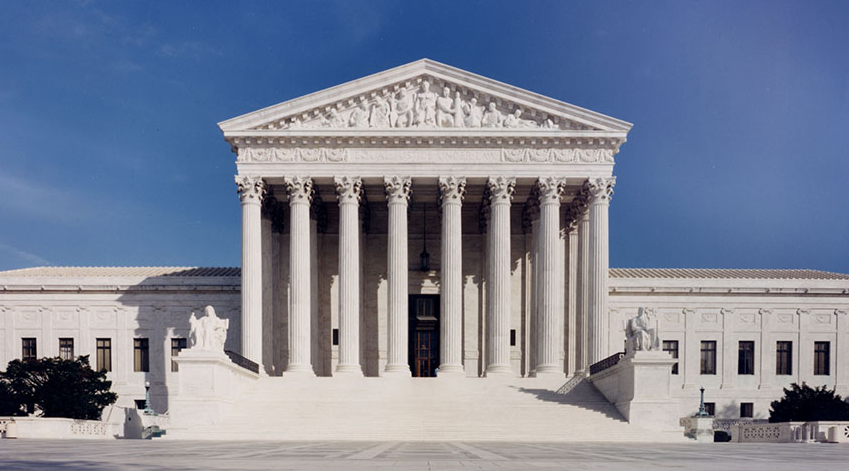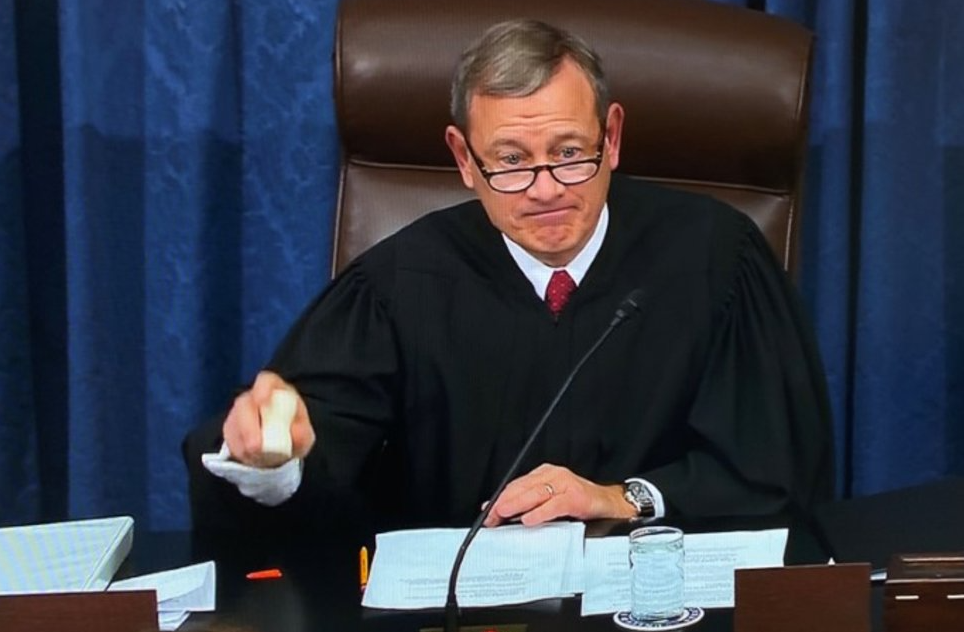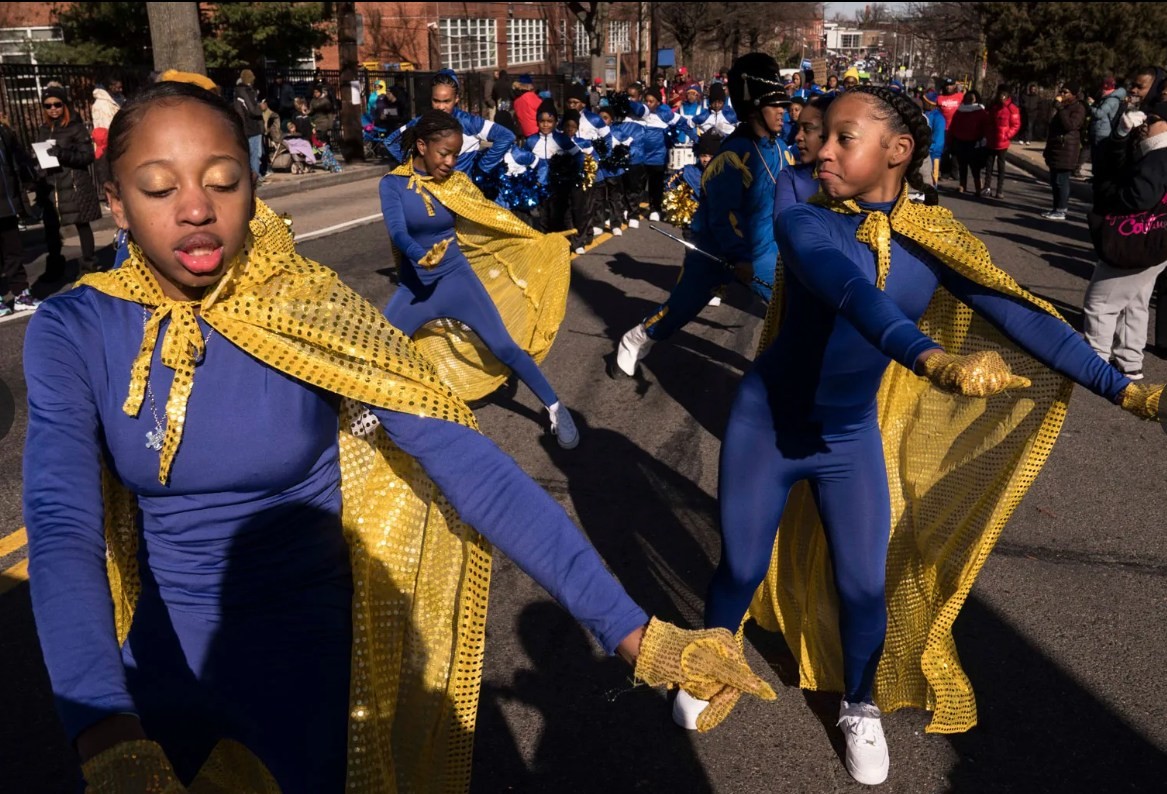What is the U.S Supreme Court and Interesting Facts
 |
| The US Supreme Court Building (Photo: US Supreme Court) |
Established by the United States Constitution, the U.S Supreme Court began to take shape with the passage of the Judiciary Act of 1789 and has enjoyed a rich history since its first assembly in 1790.
The Supreme Court is deeply tied to its traditions: Of the federal government’s three branches, the Court bears the closest resemblance to its original form – a 225 year old legacy.
How is the term "Supreme Court" understood worldwide?
The supreme court is the highest court in the hierarchy of courts in many legal jurisdictions. These courts are also referred to as the court of last resort, the apex court, and the highest (or final) court of appeal. In general, the decisions of a supreme court are not susceptible to review by another court.
However, not every supreme court is designated as such. Civil law states typically lack a single supreme court. Additionally, the highest court in some jurisdictions, such as Australia, is not referred to as the "Supreme Court." The New York Supreme Court, the supreme courts of several Canadian provinces/territories, and the former Supreme Court of Judicature of England and Wales and Supreme Court of Judicature of Northern Ireland are subordinate to higher courts of appeal in their respective jurisdictions.
Some countries with a federal system of government may have both a federal supreme court and state supreme courts, with the former having jurisdiction over the latter only to the extent that the federal constitution gives federal law precedence over state law. However, other federations, such as Canada, may have a supreme court with general jurisdiction that has the authority to decide any legal issue. According to Dictionary.com, the supreme court is the highest court in the hierarchy of courts in many legal jurisdictions. These courts are also referred to as the court of last resort, the apex court, and the highest (or final) court of appeal. In general, the decisions of a supreme court are not susceptible to review by another court.
However, not every supreme court is designated as such. Civil law states typically lack a single supreme court. Additionally, the highest court in some jurisdictions, such as Australia, is not referred to as the "Supreme Court."
The New York Supreme Court, the supreme courts of several Canadian provinces/territories, and the former Supreme Court of Judicature of England and Wales and Supreme Court of Judicature of Northern Ireland are subordinate to higher courts of appeal in their respective jurisdictions.
Some countries with a federal system of government may have both a federal supreme court and state supreme courts, with the former having jurisdiction over the latter only to the extent that the federal constitution gives federal law precedence over state law. However, other federations, such as Canada, may have a supreme court with general jurisdiction that has the authority to decide any legal issue.
 |
| Mr. John Roberts is the current Chief Justice of US Supreme Court. (Photo: USA News) |
The US Supreme Court - How Was It Formed?
The concept of a supreme court owes much to the United States Constitution, which emphasizes "division of powers." In the United States, the Supreme Court is the highest court for all cases and disputes arising under the Constitution or the United States' laws. As the final arbiter of the law, the Supreme Court is tasked with delivering on the promise of equal justice under the law to the American people; it also serves as the Constitution's guardian and interpreter.
The Supreme Court was established by the United States Constitution, took shape with the passage of the Judiciary Act of 1789, and has enjoyed a rich history since its first assembly in 1790. The first meeting of the Supreme Court was scheduled for the Merchants Exchange Building in New York City on February 1, 1790. However, some justices' transportation issues necessitated postponing the meeting until the following day. The Court's permanent home is the Supreme Court Building, located at One First Street NE in Washington, DC.
U.S Supreme Court: "EQUAL JUSTICE UNDER LAW"
These words, inscribed above the main entrance to the Supreme Court Building, express the supreme authority of the United States Supreme Court. The Supreme Court is the nation's highest court for all cases and disputes arising under the Constitution or the laws of the United States. As the final arbiter of the law, the Supreme Court is tasked with delivering on the promise of equal justice under the law to the American people; it also serves as the Constitution's guardian and interpreter.
 |
| The Supreme Court as composed from October 6, 2018, to September 18, 2020. (Photo: US Supreme Court) |
How Does US Supreme Court Work?
According to its official website, the Supreme Court consists of the Chief Justice of the United States and as many Associate Justices as Congress may determine. The current number of Associate Justices is set at eight. The President of the United States has the authority to nominate Supreme Court justices, with the advice and consent of the Senate. Mr. John Roberts, a 65-year-old American attorney and jurist, is the current Chief Justice of the United States.
The chief justice, the highest judicial officer in the country, is responsible for presiding over the Supreme Court and establishing the agenda for the justices' weekly meetings. In cases where the chief justice is a member of the majority opinion, the chief justice has the authority to appoint the opinion writer. The chief justice must serve on the Smithsonian Institution's Board of Regents. According to History.com, the chief justice also presides over impeachment trials against the President of the United States in the U.S. Senate, as was the case with President Andrew Johnson and President Bill Clinton.
The Supreme Court holds its sessions in Washington DC. The court's annual term begins on the first Monday of October and typically concludes in late June. Unlike all other federal judges, the Supreme Court justices are not subject to an ethical conduct code.
How Supreme Court Justices Selected?
"Justices" of the Supreme Court are chosen by the President, confirmed "with the advice and consent" of the Senate, and "shall hold their Offices with good Behavior." Judges may serve for the remainder of their lives, though many resign or retire earlier. In addition, they may be removed by impeachment by the House of Representatives and conviction by the Senate. Fourteen federal judges have been impeached throughout history for alleged wrongdoing. The US Attorneys' Office noted that magistrate judges, who are selected by district judges and serve a limited term, are an exception to the lifetime appointment rule.
The Constitution specifies no qualifications for Supreme Court justices, although all current justices are attorneys and the majority have served as circuit court judges. Frequently, justices are also former law professors. The chief justice serves as the court's administrator and is selected by the President and approved by Congress when a vacancy occurs.
The Chief Justice is appointed by the President and confirmed by the Senate, just like the Associate Justices. There is no requirement that the Chief Justice serve as an Associate Justice, but five of the seventeen Chief Justices have previously served as Associate Justices on the Court.
What is Supreme Court's Position in the US federal courts system?
District courts, which are the trial court, circuit courts, which are the first level of appeal, and the Supreme Court of the United States, which is the ultimate level of appeal in the federal system, are the three primary levels of the federal court system. According to the US Courts website, there are 94 district courts, 13 circuit courts, and one Supreme Court located all around the nation.
Supreme Court
The United States' highest court is the Supreme Court. The Supreme Court was established under Article III of the U.S. Constitution, which also gave Congress the power to enact legislation establishing a system of inferior courts. 94 district level trial courts and 13 courts of appeals are located below the Supreme Court in the current structure of the federal court system.
Circuit Courts
A case may be appealed to a US court of appeal after the federal district court has rendered a decision. Twelve federal circuits are responsible for dividing the nation into its many regions. The number of judges on each circuit court varies, from six on the First Circuit to twenty-nine on the Ninth Circuit. Judges of the circuit courts are appointed by the president and confirmed by the Senate for life.
Once the district court has rendered judgment in a case, an appeal may be filed with the circuit court. A panel of three circuit court justices hears appeals to those courts in the first instance. The parties submit "briefs" to the court in which they make their cases for "affirming" or "reversing" the trial court's ruling. Following the submission of the briefs, the court will set a date for "oral argument," during which the attorneys will present their cases in front of the judges and respond to their inquiries.
District Courts
The 94 district or trial courts that make up the country are known as US District Courts. District courts settle disputes by gathering the relevant information and using legal standards to determine who is correct. Trial courts feature a district judge who conducts the trial and a jury who renders the verdict. District judges work with magistrate judges to prepare cases for trial. They could also hold misdemeanor case trials.
Every state, as well as the District of Columbia, has at least one district court. As a division of the district court, each district has a U.S. bankruptcy court. Puerto Rico, the Virgin Islands, Guam, and the Northern Mariana Islands all have US district courts that hear federal proceedings, including bankruptcy cases.
Address The Supreme Court of the United States
One First Street, NE, Washington, DC 20543
Phone: 202-479-3000
Website: https://www.supremecourt.gov/
Visiting The Supreme Court of the United States
The Supreme Court Building will be off-limits to the general public until further notice out of concern for their health and safety as well as that of Supreme Court staff. Official business will continue to be conducted in the Building. All visiting activities and open lectures have been put on hold.
 What is the First University in the World What is the First University in the World The First University in the World: Over the centuries, the University of Al-Karaouine became a key spiritual and educational center in the Muslim world founded ... |
 What is the First Railway in the World? What is the First Railway in the World? The history of rail transport began in the 6th century BC. Nobody is sure that when the first railway opened, so this article may answer ... |
 What is the First pickup Truck in the World What is the First pickup Truck in the World With the economy thriving, the automotive industry grew rapidly. Henry Ford, an American automobile manufacturer, who developed the first moving assembly line that transformed the .. |


























